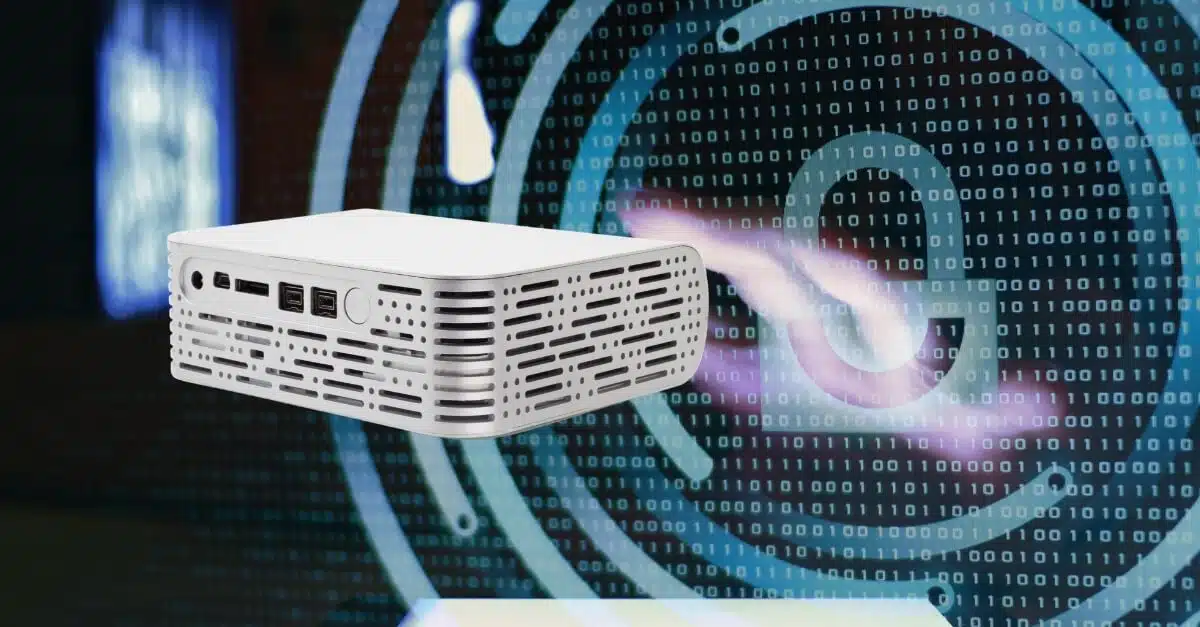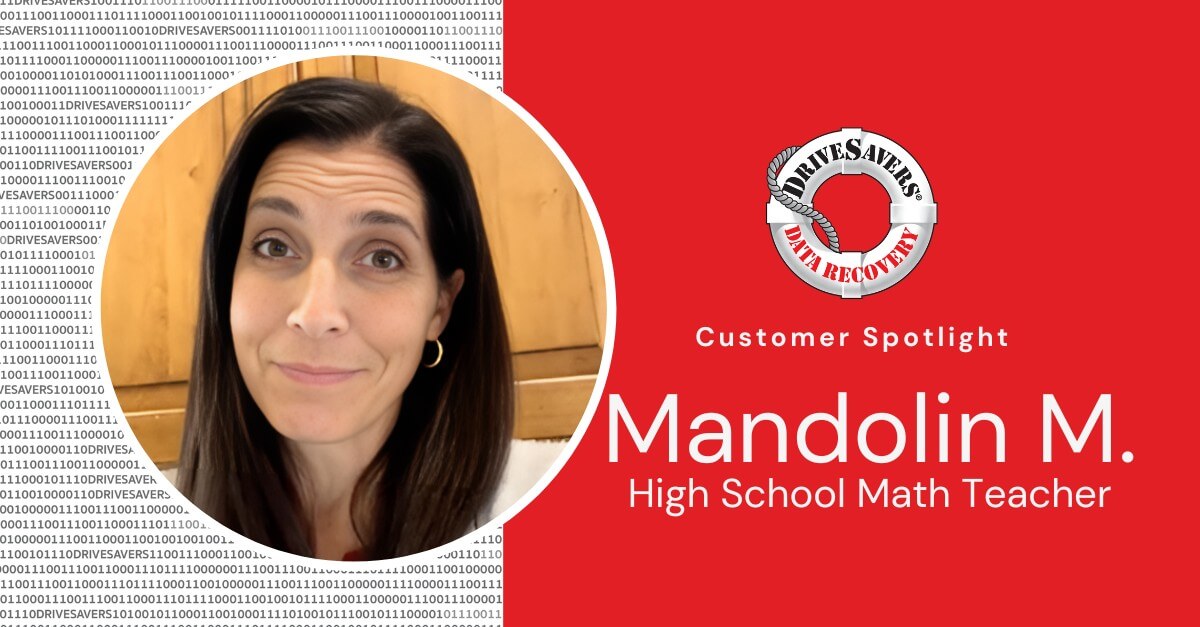How the data recovery experts at DriveSavers plan to retrieve $750m in Bitcoin from a hard drive buried in landfill since 2013.
How Do You Password Protect an External Hard Drive?

The digital world is a dangerous place. Malware, ransomware, and other hostile forces seem to lurk around every corner. The reality is that if you aren’t careful (and sometimes even if you are), your device could easily become the next victim of data theft. With hacker attacks occurring every 39 seconds, cybersecurity is more important than ever. That’s why there’s never been a better time to learn how to protect data in external hard disk drives!
Most of us use passwords to protect our computers and phones. And sometimes, we may even set up credentials for accessing a valuable folder or file. Few of us take the time to password protect hard drive devices we use to hold our most precious data. But you should! Here’s why.
When a hacker gains access to a PC, they are also free to navigate to all connected devices, including external hard drives. This is a big problem since most of us use external hard drives to store our files in the event of a failure—like a hacking attack—in our primary device! Because your well-laid redundancy plans won’t work if your external hard drive is compromised too.
With this in mind, it’s clear that knowing how to password protect external hard drive systems is extremely important. Of course, the processes for encrypting an external hard drive are different depending on your device. Here’s everything you need to know about how to protect an external hard disk with password locks on either a Windows or a Mac OS X.
How to Password Protect an External Hard Drive on Windows
Learning how to password protect external hard drive devices is essential in modern computing. Without an external hard drive password, you’re a prime target for a cyber-attack.
Fortunately, the Windows Pro, Enterprise, and Education versions come with a software called BitLocker pre-installed. Windows Home doesn’t include BitLocker, so if that’s the version you’re using, we recommend upgrading to protect your data more thoroughly.
BitLocker is designed to encrypt external hard drive devices and internal disks installed on your computer. However, be advised that although you can use BitLocker to password protect C drive-mounted internal disks, doing so can slow down your system.
Please follow these steps to password protect external hard drive systems using BitLocker.
- Step #1: Connect your external hard drive via USB, and backup your device. If you haven’t already, we recommend creating a backup schedule to ensure you always have a secure, recent copy of your data.
- Step #2: Open File Explorer, and identify the desired drive. Right-click to select “Turn on BitLocker.”
- Step #3: A new window will appear. Check the box labeled “Use a password to unlock the drive.”
- Step #4: Enter your desired password. Then click “Next.”
- Step #5: Select where you want to save the recovery key. Then click “Next.”
- Step #6: Select “Compatible Mode” and click “Next.”
- Step #7: Complete the process by clicking “Start encrypting.”
And you’re finished! Adding an external hard drive password on your Windows computer is as easy as that. When the encryption process has been completed, do be sure to save your password somewhere safe so you—and no one else—can easily access the data on your external hard drive.
How to Password Protect an External Hard Drive on a Mac
If you have a Mac, adding an external hard drive password can help support your device’s existing cybersecurity suite. Follow these steps to password protect external hard drive devices on a Mac.
- Step #1: Back up the external hard drive you want to password-protect. Just as on a Windows computer, we strongly suggest setting up a regular backup schedule to protect your data.
- Step #2: Open Disk Utility. Select “View,” and navigate to “Show all devices.”
- Step #3: Select the drive you want to encrypt from the left navigation. Then click “Erase.”
- Step #4: Enter a new name for the volume.
- Step #5: In the Scheme pop-up menu, click “GUID Partition Map.”
- Step #6: In the Format pop-up menu, select an encrypted file system format.
- Step #7: Enter your desired password, then click “Choose.”
- Step #8: Complete the process by clicking “Done.”
Setting up an external hard disk password lock on a Mac is just as easy as on Windows and is an important step to protecting your digital assets.
We can’t avoid the reality that we depend on our devices, including external hard drives, now more than ever. And that means hackers are busier now more than ever trying to steal our information. In 2020, cyber-attacks increased by 300% simply because we want (and need) our data to be accessible at all times, no matter where we are. But just because an attack is more likely, your chances of suffering a breach don’t necessarily have to increase. By learning how to password external hard drive systems, you’ll protect your information from those who want to steal it.
If you’re reading this because your external hard drive has already failed due to a cybersecurity breach, there may still be steps you can take to regain access to your drive. Contact DriveSavers to assess the state of your external hard drive and determine if your data can be recovered.




